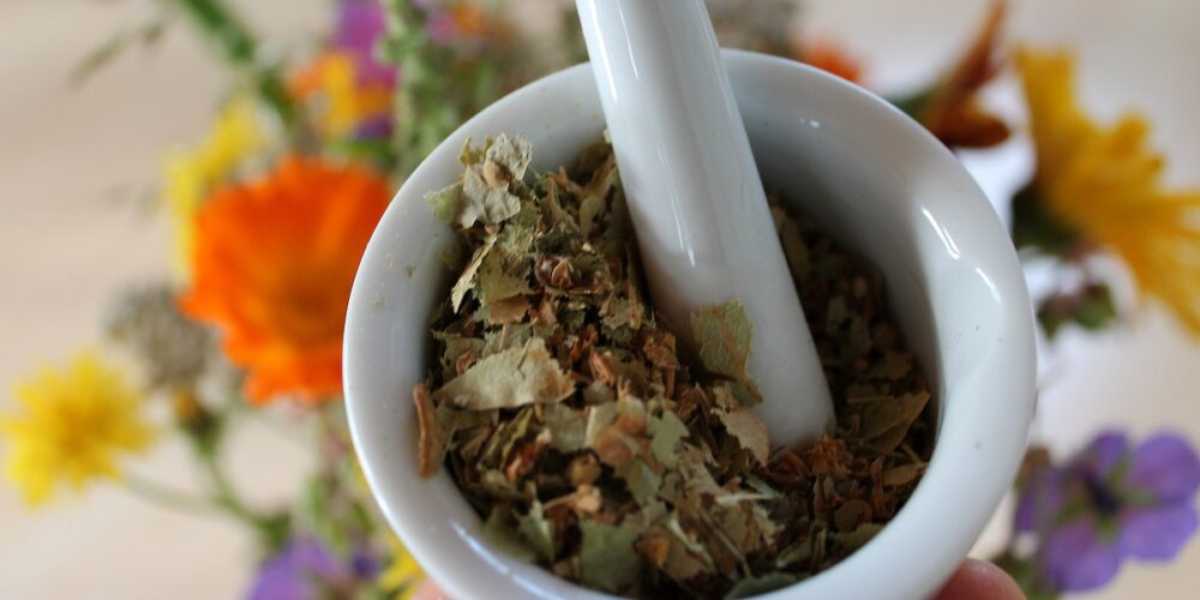The average spend per person on AYUSH treatment is ₹472 in rural areas and ₹574 in urban areas.
Published Aug 05, 2025 | 7:00 AM ⚊ Updated Aug 05, 2025 | 7:00 AM

Ayurveda treatment. (Representative images)
Synopsis: Urban India now leads in AYUSH medicine use, with 52.9% adoption versus 46.3% in rural areas, driven by belief and perceived effectiveness. The NSSO survey shows Ayurveda is most preferred, especially among urban women. Usage focuses more on prevention than treatment. Awareness is widespread, but adoption varies by region, influenced by culture, accessibility, and public health integration.
Urban India is now the bigger consumer of traditional AYUSH medicine systems, with 52.9 percent of city residents using these practices, compared to 46.3 percent in rural areas, according to the first nationwide survey on traditional healthcare by the National Sample Survey Office (NSSO).
The “Survey on AYUSH: 2022-23“, conducted from July 2022 to June 2023, found that six in ten households using AYUSH systems do so mainly because of faith and belief, while seven in ten cite their effectiveness as the main reason.
Covering over 1.8 lakh households across India, this is the first dedicated national study on Ayurveda, Yoga & Naturopathy, Unani, Siddha, Sowa Rigpa, and Homoeopathy.
In part of the 79th round of the National Sample Survey, the report offers a detailed look at the role of traditional medicine in current healthcare practices.
Urban residents are more aware of AYUSH systems, more likely to use them, and spend more on these treatments than rural residents. The average spend per person on AYUSH treatment is ₹472 in rural areas and ₹574 in urban areas.
The urban-rural gap is clearer when looking at gender. AYUSH usage is highest among urban women (55.4 percent), followed by rural women (48.8 percent), urban men (50.5 percent), and rural men (43.9 percent). This shows that urbanisation and women’s health choices are key factors in the growing use of traditional medicine.
Among the AYUSH systems, Ayurveda is the most widely used, with 40.5 percent of rural users and 45.5 percent of urban users opting for it. The survey shows a clear urban preference for Ayurveda.
Other systems—Yoga & Naturopathy, Unani, Siddha, Sowa-Rigpa, and Homoeopathy—together account for 9.4 percent of usage in rural areas and 12.8 percent in urban areas. In West Bengal, most AYUSH users relied on Homoeopathy.
The survey highlights that seven in ten households used AYUSH primarily because they found it effective. Six in ten said they used it due to faith or belief.
Half of the households believed AYUSH has minimal side effects. Four in ten cited practical reasons, such as good past experiences, easy access to raw materials, and local familiarity.
Three in ten households mentioned tradition or culture, and an equal share valued AYUSH for body strengthening, revitalisation, and affordability. Two in ten pointed to personalised care and an overall sense of well-being.
Nearly half of all AYUSH users used it for prevention or rejuvenation, rather than treatment. In rural areas, 45 percent used AYUSH for preventive care, and 28 percent for treatment. In urban areas, 48 percent used it preventively, while 26 percent used it for therapeutic purposes.
The survey offers detailed insights into the spread of yoga in Indian households. Around 1.1 crore rural households and 1.4 crore urban households have at least one member who regularly practises yoga, making it a key part of AYUSH adoption in daily life.
Within yoga, about 87 lakh rural and 1.1 crore urban households practise Pranayama. Asana is practised by 70 lakh rural and 90 lakh urban households. Meditation, often linked to mental health benefits, is practised in 54 lakh rural and 76 lakh urban households.
AYUSH treatments carry a clear financial footprint. For Ayurveda, the average per-person expenditure is ₹394 in rural areas and ₹499 in urban areas. Other AYUSH systems show even higher average spending—₹622 in rural areas and ₹592 in urban areas.
AYUSH awareness is nearly universal. Among those aged 15 and above, 94.8 percent in rural areas and 96 percent in urban areas are aware of at least one AYUSH system. Home-based knowledge is also common, with over 85 percent of households—rural and urban—reporting awareness of medicinal plants or home remedies. However, only 24 percent know about local health traditions or folk medicine.
In rural areas, 18 states and union territories report awareness above 95 percent, including Jammu & Kashmir, Haryana, West Bengal, and northeastern states like Manipur, Mizoram, Meghalaya, Nagaland, and Sikkim. Urban awareness exceeds 95 percent in 17 regions, led again by the northeast, Delhi, Haryana, and Himachal Pradesh.
Arunachal Pradesh is the only state with rural awareness below 90 percent (77 percent). Elsewhere, rural awareness ranges between 87 and 99 percent.
Himachal Pradesh leads in AYUSH usage for treatment across both rural and urban areas. Fourteen states and UTs have usage rates of 50 percent or more in rural areas—and the same holds true for urban areas. These include Delhi, Haryana, West Bengal, and all northeastern states except Arunachal Pradesh.
In contrast, Goa, despite high awareness, reports the lowest usage. Dadra & Nagar Haveli and Daman & Diu show a similar gap. This suggests that factors like access to practitioners, integration with public health systems, and cultural preferences affect adoption.
Delhi, Chandigarh, and Haryana show high performance across all indicators, pointing to strong policy implementation and public acceptance in the National Capital Region.
(Edited by Sumavarsha)
